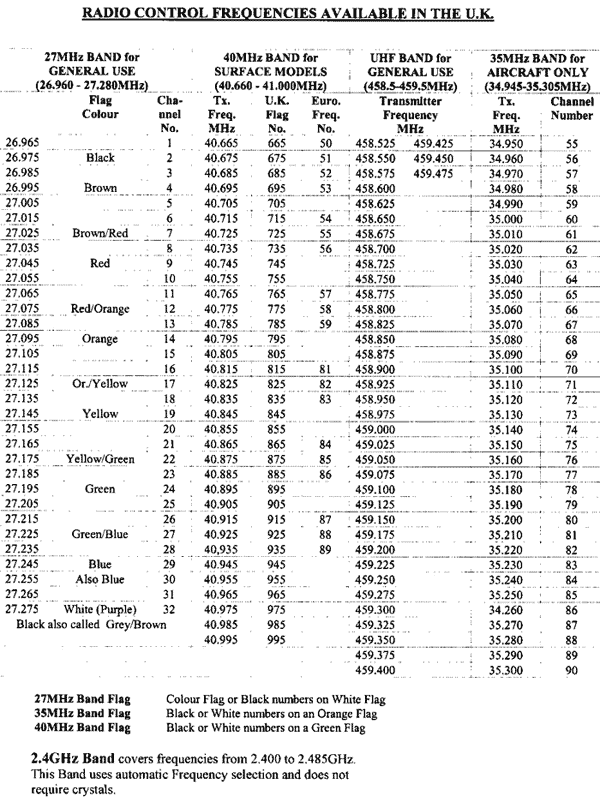Analog radios have been used for business applications as far back as 1933.
- Analog Advantages: The integration of such a simple system into a single computer
chip has dramatically reduced the cost of analog radios.
- Analog Disadvantages: The analog radio system has many functional limitations, and
the technology has been around so long that the scope of possible innovations is virtually exhausted.
ALONG COMES DIGITAL
Digital two-way radios operate by encoding, transmitting, and decoding sound waves. The signal is represented by binary numbersâ€"1s and 0sâ€"that correspond with voltage values. Inside the radio, the vocoderâ€"an analysis/synthesis system used to reproduce human speechâ€"encodes the transmission. The radio sends the signal, and the vocoder on the receiving end decodes it.
In addition, the software in digital radios contains an algorithm that recognizes the difference between voice and background noise and cancels undesirable audio for clearer, cleaner sound quality. Digital two-way radios can also include software applications that integrate into existing computer networks and phone systems. As a result, digital radios can enable a multitude of additional functions, including GPS, text messaging, and other information sharing, communications, and operations programs and capabilities.
By proactively transitioning to digital radios now, your organization will enjoy greater benefits immediately, and your fleet is ready for the high-efficiency, app-driven innovations coming in the future.
FIVE REASONS TO GO DIGITAL
- Improved Audio Quality • Enhanced Clarity throughout the Coverage Range
- Greater Efficiency • Extended Battery Life • Applications that Add Functionality
- Improved Audio Quality: Digital technology reduces external background noises during
transmission, thereby making the digital technology platform ideal for situations such as
noisy manufacturing and processing plants, or outside in windy conditions.
- Enhanced Clarity throughout the Coverage
Range: While an analog radio is capable of producing a clear signal within its peak performance range, once the signal moves too far from the transmit point, the analog audio will slowly fade out until it is unrecognizable. By contrast, a digital signal stays much stronger and clearer to the limits of the coverage range.
- Greater Efficiency: Digital radios operate in
Dual-Capacity Direct Mode (DCDM), which means that radios can share the same channel by alternating time slots. These time slots move incredibly fast, and since they alternate, more simultaneous talking paths are possible on each channel with no degradation. Plus, key information such as unit ID, status buttons, and enhanced text messages can be embedded into a single digital radio channel. In many cases, migrating from analog to digital allows users to increase talk paths without a repeater.
- Extended Battery Life: Since digital radio transmitters are not constantly “on,†digital
radios generally have a significantly longer battery life than analog models. When events run all day, that can mean the difference between efficient communications for the full cycle or the headache of a number of dead batteries that need swapping out and recharging.
- Applications that Add Functionality: Software applications are available to optimize digital
platforms using integrated Internet Protocol (IP) networks. For example, some of the leading app providers for Motorola MOTOTRBO digital radios include:
TABLETmedia
NeoTerra Systems
Twisted Pair
TurboVUi
Teldio
MOVING TO DIGITAL
For those switching from analog to digital, there is good news: Digital platforms provide a migration path that allows for simultaneous use of digital and analog radios. Backward compatibility allows organizations to gradually replace analog devices with newer digital models without the added stress of shifting to a new system. Also, many analog radio accessories are compatible with digital devices.
THE MOTOROLA CP200 AND CP200d
The existing CP200 is one of the most popular two-way radios ever produced! So the question is: How can you improve on the Motorola CP200? The answer: By creating a version that leverages all the benefits digital delivers.
Introducing… the CP200d digital two-way radio, a new model that retains the same simplicity and durability that have made Motorola’s CP200 the industry standard for years. The new CP200d uses a nearly identical form factor with similar operation. Plus, this highly flexible digital model is backward compatible, so it uses the same chargers, batteries, and speaker-microphones.
Motorola is adding sensible options to your two-way radio fleet by offering the existing CP200 device in the CP200d digital-capable version that can be fully converted from analog to digital operation at a later date. That means you can use a phased migration approach by using your new CP200d as an analog device now, and then with a simple programming change, switch to digital at any time in the future. Or, you have the option to take out-of-the-box delivery of the CP200d as a digital device from the get-go.
THE TALE OF THE TRBO
MOTOTRBO is Motorola’s next-generation system of digital portable and mobile radios, repeaters, and accessories. Thanks to the advantages of digital technology, this professional line delivers advanced performance to increase capacity and productivity while integrating voice and data communications.
Versatile and powerful, MOTOTRBO combines the best of two-way radio functionality with the latest digital features that deliver ease of use and added performance to meet your communication needs from the field to the factory floor. With exceptional voice quality and long battery life, MOTOTRBO keeps your work teams connected when communication is a must.
http://www.bearcom.com/resource-library/BearComAnalogToDigitalMigrationGuide.pdf




